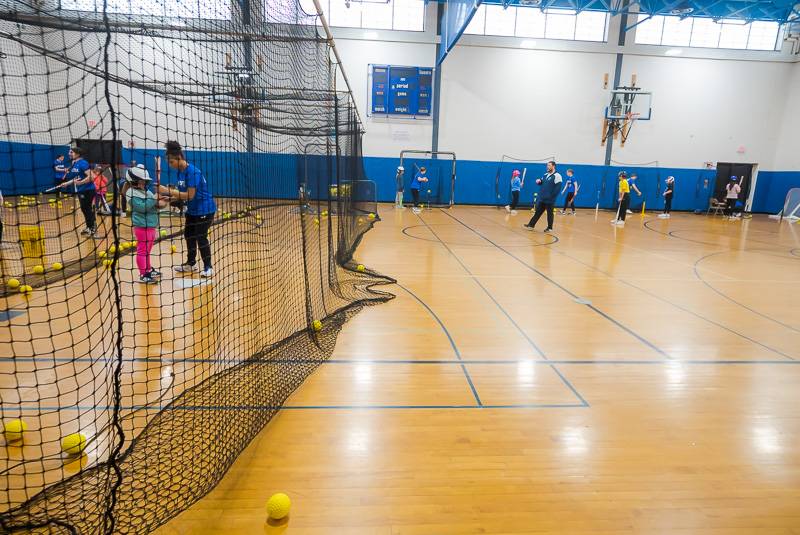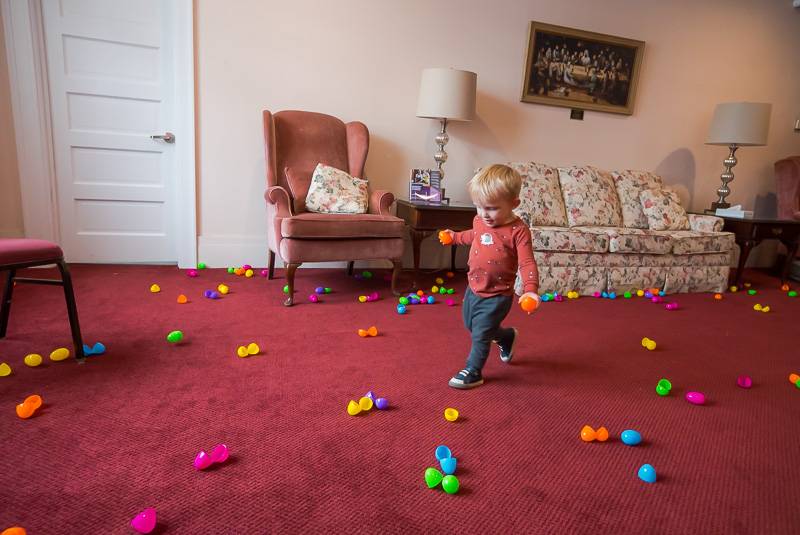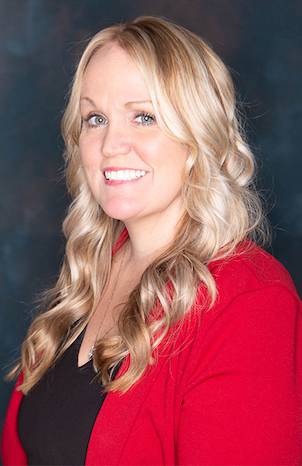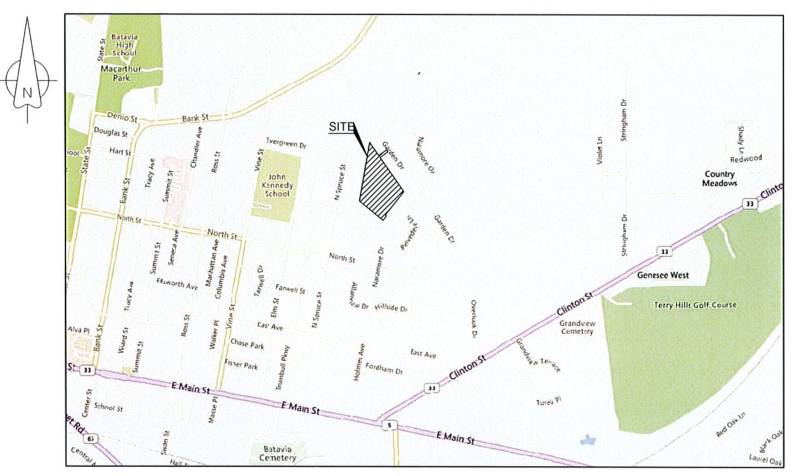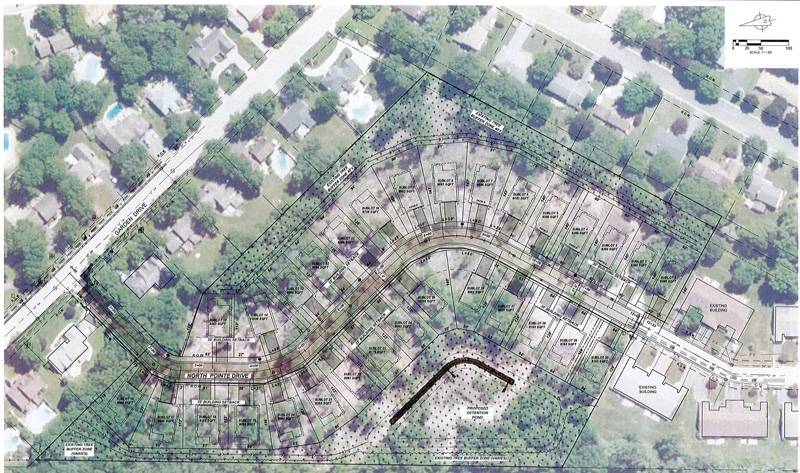If state increases aid, Batavia school board leaning toward adding staff vs. cutting taxes
Monday’s latest round of city school board budget discussions ended with a theoretical question for the group: If the state provides $300,000 more in Foundation Aid for the district, how do you want to spend it?
Choices included putting the money toward reserves to lower the amount being put toward the 2024-25 expenses, lowering the tax levy and related 2.26 percent property tax increase, or shuttling it toward personnel to hire more teachers.
As it is, a mental health grant and five additional full-time positions have been added to the budget to be effective July 1, and three bus routes that had previously been cut to save money were put back in, Business Administrator Andrew Lang said, because of feedback about how those changes would lengthen the time for students to be on a bus and that could result in behavioral and disciplinary issues.
Still, it seems as though the most vocal board members have eyes for more staff.
As has been the case during each budget talk so far, Vice President John Reigle made no bones about his stance. He previously shared his disappointment and concern about losing seven full-time equivalent grant-funded positions that were added with COVID-19 funds given to the district to assist with post-pandemic measures, five full-time positions that were reduced due to decreased enrollment, and four positions that were not replaced for retired or resigned teachers.
“I’m trying to save some of these positions or to refill some of the retirements or grant positions. It’s a hard pill to swallow to see all the losses,” Reigle said.
Board member Jenn Lendvay agreed with Reigle about where any extra state aid should go.
Board member Alice Benedict suggested a dual purpose, putting the money toward hiring staff and also some into the reserve fund.
Smith said that he didn’t want to “give you false hope … but there have been intense lobbying efforts” at the state level to loosen the purse strings in Albany and free up more funding for school districts.
“There's more negotiations to happen just as we're doing here in this session, same thing, same kind of stuff there,” he said.
He introduced David Lowery, Area 1 director of the New York State School Boards Association representing school boards in Genesee, Erie, Niagara, Orleans and Wyoming counties. Lowery urged board members to appeal to their legislators before the budget is finalized.
NYSSBA’s talking points include to:
- Reject executive proposal to eliminate the state’s save harmless provision by cutting Foundation Aid for 337 school districts. Save Harmless stipulates that districts could not lose money if their estimated need declined.
- Reject executive proposal to amend the inflationary factor in the Foundation Aid formula.
- Support Legislative proposals to provide a minimum 3% Foundation Aid increase for all districts.
- Support legislative proposals to provide funding to the State Education Department to conduct a study on the Foundation Aid formula.
- Reject executive proposal to freeze the school aid database and cap aid payments.
- Reject executive proposal to permanently shift certain CSE special education costs from the state to school districts.
- Support executive and Legislative proposals to exclude certain external funds from the calculation of transportation aid for zero-emission bus purchases.
- Support legislative proposals to fund a full universal school meals program.
- Support legislative proposals to increase career and technical education funding through increases in the BOCES aidable salary cap and special services aid.
- Support executive proposal to remove “supplement, not supplant” language from pre-k funding.
- Support legislative proposals to increase funding for pre-k full-day and half-day programs.
- Support Senate proposal to increase investments in preschool special education programs and special act school districts.
Lang said that if the district were to receive a conservative estimate of $200,000 more in Foundation aid, putting that toward the fund balance would reduce the amount being used for the budget from $3.7 million to $3.5 million.
“That still, in my opinion, as a school business official, that's still an exceedingly high number of appropriated fund balance,” he said. “I would be cautious as to continually appropriate that amount of funding and relying on it to balance the district's budget with a 1 to 2%. You'd have to go back to that allowance of considerably less than one out of that fund balance of about $1.2 million.”
The board needs to focus on the expenses side of the budget, he said, and move towards a vote to adopt that on April 22. Reigle asked for a list of what types of positions had been cut and where they were located within the district, such as a social sciences teacher in the middle school, “just so we can kind of have an idea of where we're looking at what we're talking about,” he said.
The question was asked how reducing staff affects class size. Molly Corey, executive director of curriculum and instruction, said that tools are used to assess such dynamics, and although the state says there can be 28 kids in a class, “we’re really not making super large class sizes anywhere,” she said.
Jackson Primary between 18 to 24 kids, John Kennedy Intermediate has 20 to 24, and Batavia Middle School has 24 to 28. Smith added, “We’re really trying to concentrate on classes at the lower grade levels for obvious reasons.”
“I think this school district has done really well at keeping class size under 20,” Benedict said.
Lang had previously reviewed overall enrollment projections, which are expected to gradually decline. Numbers had dipped to 2,006 in 2021-22, and then rose back up to 2,031 in 2022-23, 2,072 in 2023-24, and then slipped back down to 2,047 in 2024-25, and are projected to fall to 2,034 in 2025-26 hover around there in 2026-27, fall again to 2,022 in 2027-28 and bounce back to 2,046 in 2028-29.
Reducing the staff was still “a big concern of mine,” Reigle said.
A $1.4 million mental health grant that Corey said her staff didn’t know it was receiving in August 2022 and still has access to will allow the district to add five more full-time positions. The same number of positions were reduced due to declining enrollment. They will be added on in July this year.
“We are pleased to say we can look at a couple new positions for next year,” Smith said. “A purpose of the grant is to expand our services,” he said.
About $286,000 has been spent so far, with $1.1 million remaining for the staff expense, Lang said.
As of Monday evening, the board is expected to vote on a proposed $60,373,861 budget during its meeting on April 22. That’s a 2.38 percent increase, or about $1.4 million more than this year’s budget. This plan would include a tax levy of $20,339,336 for a tax rate increase of 2.26 percent or 39 cents per $1,000 assessed value. That would be an extra $48.75 a year on a home assessed at $125,000.
A public presentation is set for 6 p.m. on May 14, to be followed by a budget vote on May 21.

